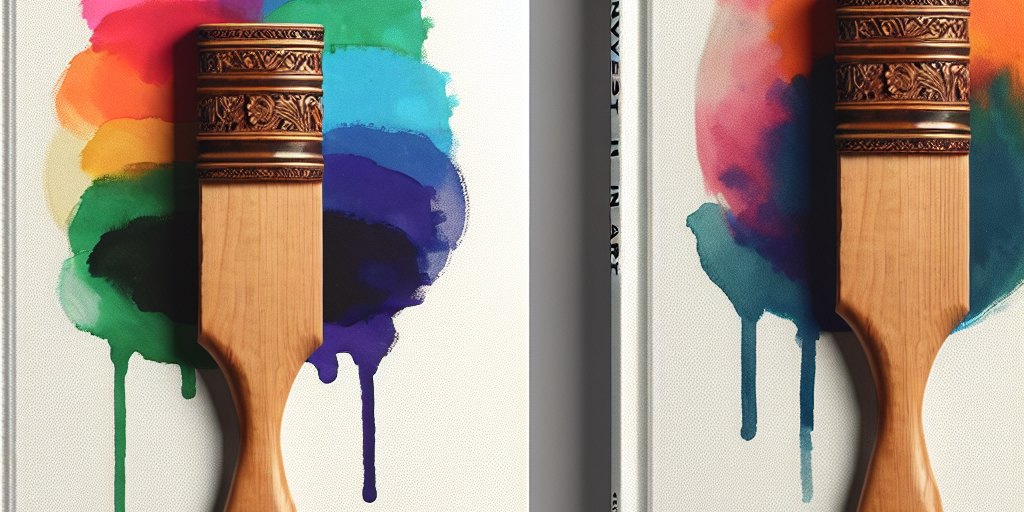Art has been a popular investment choice for centuries, and for good reason. Not only does it have the potential to appreciate in value over time, but it also provides aesthetic enjoyment to the owner. If you’re new to the world of art investment, it can seem like a daunting and overwhelming task. But with the right knowledge and guidance, investing in art can be a rewarding and profitable experience. Here’s a beginner’s guide to investing in art.
First and foremost, it’s important to educate yourself about the art market. Learn about different styles, artists, and movements, and familiarize yourself with the terminology used in the art world. Visit galleries, museums, and art fairs to get a sense of what interests you and what the current trends are. Reading books and articles on art investment can also provide valuable insight and help you make informed decisions.
Once you have a basic understanding of the art market, it’s time to set a budget. Art can be a significant investment, so it’s important to determine how much you’re willing to spend. Keep in mind that purchasing art isn’t just about the initial cost of the piece – there are additional expenses such as framing, insurance, and potential storage fees.
When it comes to actually buying art, there are several avenues to consider. You can purchase art directly from artists, at galleries, or through auctions. Each option has its own set of pros and cons, so it’s important to do thorough research and consider all your options before making a purchase. Buying directly from an artist can be a more personal experience and may offer the potential for the artwork to appreciate in value over time, while galleries and auctions can provide access to a wider selection of art.
After acquiring art, it’s crucial to protect your investment. This means insuring your artwork to protect it from damage, theft, or loss. You may also want to consider investing in professional storage to ensure the long-term preservation of your art. Additionally, keeping detailed records of your purchases and any relevant documents or certificates of authenticity is essential for the future resale or appraisal of your collection.
Finally, it’s important to be patient and be prepared for the long term. Art is an illiquid asset, meaning it can take time to sell and realize a return on your investment. It’s also important to keep in mind that art markets can fluctuate, so it’s important to be prepared for potential ups and downs in the value of your art over time.
In conclusion, investing in art can be a fulfilling and potentially profitable endeavor for beginners. By educating yourself, setting a budget, and taking the time to make informed purchasing decisions, you can build a valuable art collection that brings enjoyment and financial rewards. Just remember to exercise patience and diligence, and you’ll be on your way to becoming a savvy art investor.







